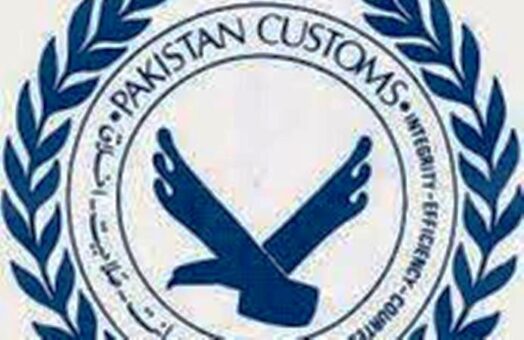ISLAMABAD: Federal Board of Revenue (FBR) has notified draft rules for risk management system (RMS) for customs clearance of goods and passengers.
The FBR issued an SRO to issue draft Risk Management System Rules.
Through the draft the role and responsibilities of the Directorate General of Risk Management (DGRM) have been explained.
According to the draft rules, the DGRM shall:
(i) Manage risks pertaining to Customs clearance of goods and passengers;
(ii) Plan and implement strategies using various risk management tools and techniques specific to particular transaction types relating to imports, exports and transit of goods and clearance of international passengers;
(iii) Monitor, evaluate and review Risk Management System based on changing national and international trends and feedback from different stakeholders;
(iv) Examine clearance patterns of various sectors and commodities to identify, analyze and evaluate risks and develop mitigation strategies and present the same to Risk Management Committee (RMC) for approval and implementation;
(v) Develop system whereby different stakeholders’ compliance levels are determined. Stakeholders with high compliance level are given different treatment in the system. This may serve as a precursor for developing Authorized Economic Operators (AEO) program;
(vi) Periodically review and address risks identified by the Risk Management Committees (RMCs);
(vii) Putting in place a system whereby information and intelligence is shared with other regulatory authorities and businesses to identify risks and evolve strategies to enhance compliance level;
(viii) Coordinate with Directorate General of Training & Research (DGTR) for training of officers responsible for implementing the RMS in major customs locations;
(ix) Coordinate with Directorate General of Post Clearance Audit to work out parameters for identification of entities and sectors for conducting post clearance audits and after completion of audits, findings are communicated to DGRM in structured formats for improving RMS;
(x) Coordinate with Directorate General of Intelligence and Investigation-Customs (DG I&I) to get feedback in the structured format after completion of investigations of cases or studies undertaken by the (DG I&I);
(xi) Maintain security and confidentiality of the RMS, data and records;
(xii) Devise a mechanism to maintain security and confidentiality of RMS and relevant record;
(xiii) Conduct outreach programs for different stakeholders to improve voluntary compliance;
(xiv) Carry out periodical evaluation of the system to identify infrastructure requirements including logistics, HR, IT tools and techniques for upgradation and improvement of RMS; and
(xv) Keep the Federal Board of Revenue apprised of the developments in RMS.
The FBR also proposed Risk Management Committee (RMC), under which:
(i) There shall be a Risk Management Committee (RMC), headed by a BS-21 officer of Customs and shall comprise as many BS-19 and BS-20 officers of Customs as may be notified by the Board, which will convene the RMC meetings to review functioning and supervise implementation of the RMS. The Committee may invite any officer of Customs and representatives of other government departments to assist the RMC whenever required;
(ii) The head of RMC will nominate an officer of the Committee to serve as Secretary of the Committee;
(iii) Meetings of RMC shall be convened at least once every month. The RMC shall perform the following key functions:
(a) Review of the performance of the RMS;
(b) Review of risk parameters and behavior of important risk indicators;
(c) Set benchmarks for interventions or interceptions focusing on targeting the risky consignments or entities.
